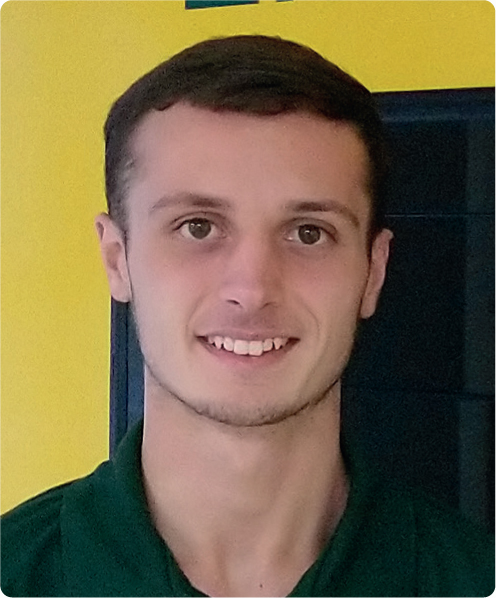
It feels strange to say that I am now a second year student paramedic, especially after such an uncertain and unconventional year. However, we are now allowed back out on the ambulances, which was a great way to end my first year at university! It took a few calls to get used to new procedures regarding personal protective equipment (PPE) and to get back to the level at which I was performing just before the outbreak; however, being in the emergency operations centre (EOC) definitely helped to consolidate my understanding of call categorisation and resource management. Seeing COVID-19 on the frontline was a real eye-opener in terms of how serious an illness it is and its impact on vulnerable groups, especially witnessing the ‘happy hypoxia’ that is linked to it. This is where dangerously low oxygen levels occur with very few symptoms. The patient we attended had no difficulty breathing, was a normal colour, and had no pain anywhere, but had oxygen levels of around 55%. I enjoyed every minute of being back out on the ambulances, putting theory into practice and being face to face with patients—definitely the best aspect of the job!
All of the theory sessions at university are still online, and despite this not being my preferred method of learning, the tutors have done an amazing job to make it as engaging and enjoyable as possible, which has ensured that I am still able to focus and learn the best I can, so full credit to them! With some measures being lifted, practical sessions can go ahead again. These are in small learning bubbles and mimic what it is like on placement, with full use of the same PPE used on ambulances and social distancing measures in place. This has ensured that these sessions are still as relevant as possible despite the current situation. We have started to look at the different assessments for each body system, which has made me realise just how much depth is needed to effectively assess a patient. We have also covered advanced airway management and cannulation. The system examinations have been a personal favourite of mine, further improving my understanding of each system and the conditions associated with them. We have not been able to perform these practicals on real people yet, so I am especially looking forward to the next placement block where I will be able to put these elements into practice and test my knowledge and understanding of them.
The new timetable for the second year looks interesting and appealing, with modules including pharmacology, pathophysiology and research/evidence-based practice, which will help build on the knowledge gained in the first year. There is also more time on placement, which is probably every student's favourite aspect of the course, providing more opportunity to consolidate my learning and keep practising our skills.
The new first-year students also had face-to-face sessions in small groups. It has been great speaking to them about how they are finding the course and answering any questions they have. Supporting new students and helping to ease them into their transition to higher education is one of the new roles we, as second-year students, have undertaken. This also helps develop us as clinicians as part of a paramedic's role is to support students.
Overall, the start of this year is shaping up to be very enjoyable. My first year of study gave me the baseline knowledge I needed but I am really looking forward to building on that foundation this year, both in university and on placement.

